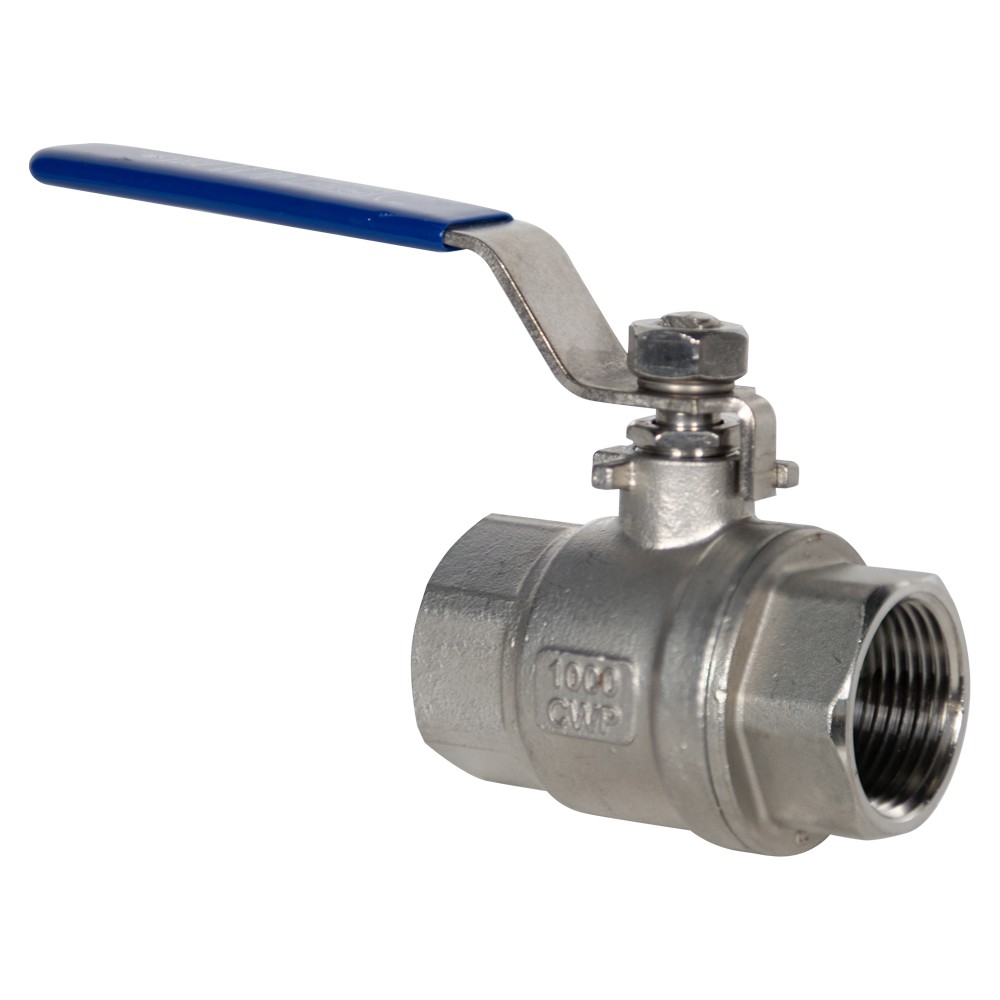150mm Gate Valve Specifications and Applications for Industrial Use
Understanding the 150mm Gate Valve Key Features and Applications
Gate valves are integral components in various industrial applications, particularly in fluid management systems. Among these, the 150mm gate valve stands out for its size and versatility, making it a popular choice in industries such as oil and gas, water supply, and manufacturing. This article explores the characteristics, advantages, applications, and maintenance of 150mm gate valves.
Key Features
A 150mm gate valve is designed to provide either a fully open or fully closed position, making it an essential valve type for controlling the flow of liquids or gases in a pipeline. The key features of this valve include
1. Construction Materials Typically made from durable materials such as cast iron, brass, or stainless steel, the valve's construction provides excellent resistance to corrosion and wear. The choice of material often depends on the fluid being transported and the operating environment.
2. Design Variants Gate valves come in various designs, including rising and non-rising stem options. The rising stem design allows the operator to see the valve’s position easily, while the non-rising variant is better suited for environments with space limitations.
3. Pressure Ratings The 150mm gate valve is generally rated for high-pressure applications, making it suitable for demanding environments. The standard pressure ratings include PN10, PN16, and higher, allowing for flexibility depending on the application's requirements.
4. Temperature Tolerance These valves are capable of operating at a wide temperature range, which is crucial for applications involving hot or cold fluids.
Advantages of a 150mm Gate Valve
The use of a 150mm gate valve offers several advantages
1. Low Flow Resistance When fully opened, the gate valve provides minimal resistance to flow, allowing for efficient passage of fluids without significant pressure drops.
2. Versatility Due to their robust construction and design, they can be used in various applications, from water treatment plants to chemical processing facilities.
3. Ease of Maintenance Gate valves usually require straightforward maintenance due to their simple design. Regular checks and servicing can prolong their lifespan significantly.
4. Full Shut-off Capability Gate valves are ideal for applications requiring complete isolation of a section of a pipeline, ensuring that no fluid passes through when the valve is closed.
150mm gate valve

Applications
The 150mm gate valve finds extensive use across multiple sectors
1. Water and Wastewater Management It is commonly employed in municipal water lines and sewage systems to control flow rates and complete shut-offs during maintenance.
2. Oil and Gas Industry These valves are critical for controlling the flow of oil and natural gas through pipelines, where high-pressure and high-temperature conditions are prevalent.
3. Power Plants In energy production facilities, 150mm gate valves are used in steam and cooling water systems, ensuring efficient operation.
4. HVAC Systems They play a crucial role in heating, ventilation, and air conditioning systems by controlling fluid flow in various loop systems.
Maintenance Tips
To ensure the longevity and performance of a 150mm gate valve, regular maintenance is essential. Here are some tips
1. Routine Inspections Check for leaks, corrosion, and wear regularly. Inspect seals and packing to ensure they are in good condition.
2. Cleaning Keep the valve clean, especially the seat and gate, to prevent build-up that can hinder operation.
3. Operational Testing Periodically operate the valve to ensure it opens and closes smoothly without any obstruction.
4. Lubrication Maintain proper lubrication on the stem and other moving parts to reduce wear and prevent sticking.
In conclusion, the 150mm gate valve is a fundamental component in many industrial systems, providing efficient flow control and reliable performance. Its robust design, coupled with versatility across various sectors, makes it an indispensable tool for engineers and technicians alike. Proper selection, application, and maintenance can significantly enhance operational efficiency and ensure long-term reliability.
-
The Key to Fluid Control: Exploring the Advantages of Ball Valves in Industrial SystemsNewsJul.09,2025
-
The Versatile World of 1, 2, and 3 Piece Ball ValvesNewsJul.09,2025
-
Stainless Steel Ball Valves: The Ideal Choice for Efficient Flow ControlNewsJul.09,2025
-
Optimizing Fluid Control with Ball Float ValvesNewsJul.09,2025
-
Manual Gate Valves: Essential for Control and EfficiencyNewsJul.09,2025
-
Everything You Need to Know About Butterfly ValvesNewsJul.09,2025
-
The Versatility of Wafer Type Butterfly ValvesNewsJul.08,2025




